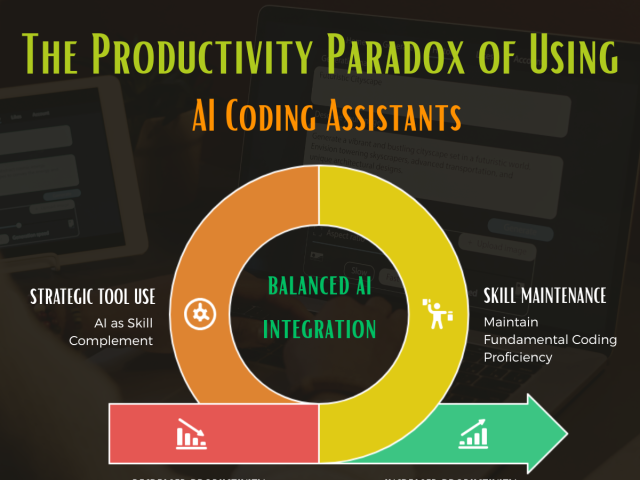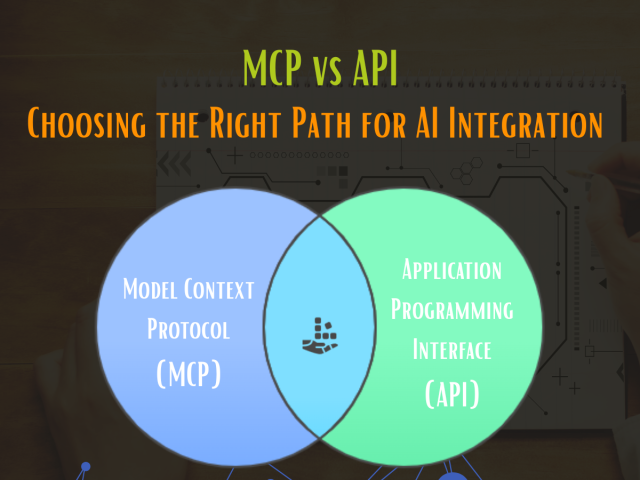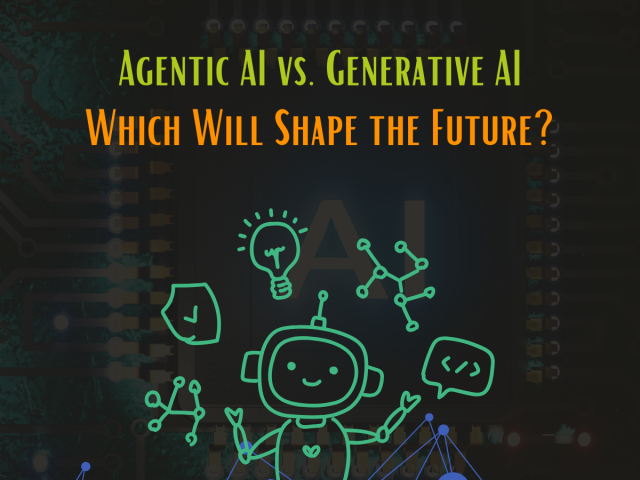
While speaking about multi-billion-dollar businesses, Legacy is considered as wealth, wisdom and status. In terms of software, legacy is often used with negative connotation as software do not get better with time unlike fine wines. Legacy Application Migration, when and how is the decision CIOs needs to give a serious thought.
Enterprises build their systems over the years and it matures with time. This essentially leads to many team members touching the code base, mold the original design to fit current requirements and so on.
Over the period, initial clean code loses its charm and maintaining this new code base becomes a daunting task. At the same time, many new technologies emerge, development tools and practices evolve. However, IT teams cannot change much due to inherent limitations of original architecture and technology stack.
If you are using third party solutions, configurations become tricky over the period and you experience their limitations for fulfilling support requests. At a times, they declare sunset on a product and you are left with no support.
This is the time, IT leaders need to take a crucial call, whether to revamp or continue with existing legacy system.
Here are couple pointers to analyze before making this call.
Business Processes
Often, your business processes/models evolve over time. If your systems are configured for the workflows which were used couple of years back, then this can hamper your team productivity today.
Scale
Your system just does not support the scale of your business today due to its inherent limitations. This will be last thing for any business to have limitation on their business scale due the software which they are using.
User Experience
If your application is slow or difficult to navigate then your users are going to get frustrated. Users of your applications are using so many other software applications, they can sense the difference in performance, responsiveness and usability.
Device Dependency
If your application is hosted on internal servers and cannot be accessed using other devices, this can put restrictions on overall productivity of your users.
Security
Older systems and hardware are more prone to cyber-attacks if appropriate measures are not taken each time.
Support for Automation
Each business is looking to automate certain functions of their businesses to get the competitive advantage. If your system is not built to support it, then it can become a roadblock in your journey for automation.
Integration with other tools
There are many new frameworks or tools which can speed up your delivery or optimize a function, enhance Client experience. If your current system cannot be integrated with it, this can add burden on your other functions.
I hope these pointers can be helpful in your analysis whether to go for Legacy application Migration or not. Please feel free to suggest any additional points to be considered or if you have another perspective to the points mentioned above.
For further discussion, you can also get in touch with me at – rupashri.gulawani@anarsolutions.com




